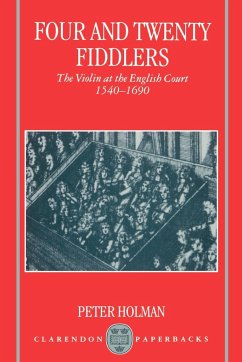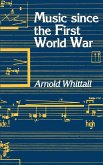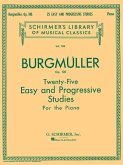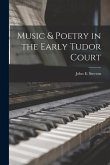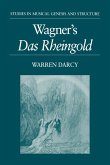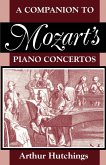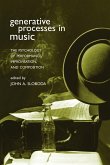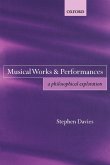The royal string band at the English Court had its origins in a six-man consort from Italy, brought to England by Henry VIII in the spring of 1540. Peter Holman's book charts the history of this institution from its beginnings to the time of Purcell. He considers the previous history of instrumentalists at court, the role of the court band in the sixteenth and seventeenth centuries, and its influence on the dance music of the period. The establishment of the band at the English court is set in the context of the violin's place in Europe in the sixteenth century, as the author considers the origins of the instrument and discusses contemporary references to violin bands in court, town, and church. The development of the violin band is traced by reference to an immense amount of documentary information, much of it new. The first thorough treatment of this subject, Peter Holman's book will be welcomed for the new light it sheds on large areas of musical history.
On 1 May 1540 six Jewish string players newly arrived from Italy were given posts at Henry VIII's court. They were probably the first violinists to set foot in England, and the group they founded became one of the country's most enduring musical institutions, serving Tudors, Stuarts, and Hanoverians in turn. The 24 places established for it by Charles II only finally disappeared from the royal household in this century. On one level this book is a history of the first 150 years of this institution. It recognizes for the first time the central role of the court in the musical life of Tudor and Stuart England, and in doing so presents a novel and fascinating picture of the musical profession of the time. But it also explores a number of other issues, largely neglected until now. The first chapter is a new account of the origin of the violin, placed in the wider context of the development of instruments and instrumental music in the later Middle Ages. The second explains the role of music and musicians in the daily round of court life, and their dealings with the court bureaucracy. Running through later chapters is a concern to show how particular genres of consort music derive from the repertory of known ensembles at court and outside, and how the size and composition of these ensembles determined types of scoring and styles of writing. The author has examined a mass of archival material for this study, and, by relating it to the surviving musical repertory, shows how seemingly dry-as-dust documents can contribute a good deal to our understanding of music of the past, and can often have a direct bearing on how we should perform it. As befits the director of one of our leading early musicgroups, Peter Holman tackles head-on many thorny questions of scoring and performance practice raised by the English consort repertory from Henry VIII to Purcell, and reaches some startling conclusions. This book will be of interest not only to scholars of Tudor and Stuart music, but historians in general, as well as string players and anyone involved in performing music of the period.
Hinweis: Dieser Artikel kann nur an eine deutsche Lieferadresse ausgeliefert werden.
On 1 May 1540 six Jewish string players newly arrived from Italy were given posts at Henry VIII's court. They were probably the first violinists to set foot in England, and the group they founded became one of the country's most enduring musical institutions, serving Tudors, Stuarts, and Hanoverians in turn. The 24 places established for it by Charles II only finally disappeared from the royal household in this century. On one level this book is a history of the first 150 years of this institution. It recognizes for the first time the central role of the court in the musical life of Tudor and Stuart England, and in doing so presents a novel and fascinating picture of the musical profession of the time. But it also explores a number of other issues, largely neglected until now. The first chapter is a new account of the origin of the violin, placed in the wider context of the development of instruments and instrumental music in the later Middle Ages. The second explains the role of music and musicians in the daily round of court life, and their dealings with the court bureaucracy. Running through later chapters is a concern to show how particular genres of consort music derive from the repertory of known ensembles at court and outside, and how the size and composition of these ensembles determined types of scoring and styles of writing. The author has examined a mass of archival material for this study, and, by relating it to the surviving musical repertory, shows how seemingly dry-as-dust documents can contribute a good deal to our understanding of music of the past, and can often have a direct bearing on how we should perform it. As befits the director of one of our leading early musicgroups, Peter Holman tackles head-on many thorny questions of scoring and performance practice raised by the English consort repertory from Henry VIII to Purcell, and reaches some startling conclusions. This book will be of interest not only to scholars of Tudor and Stuart music, but historians in general, as well as string players and anyone involved in performing music of the period.
Hinweis: Dieser Artikel kann nur an eine deutsche Lieferadresse ausgeliefert werden.

